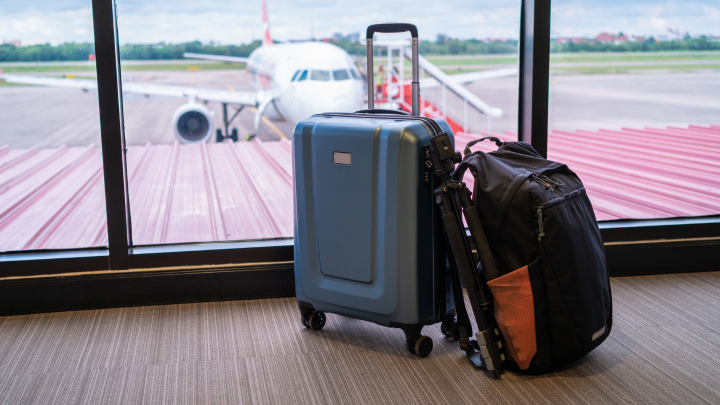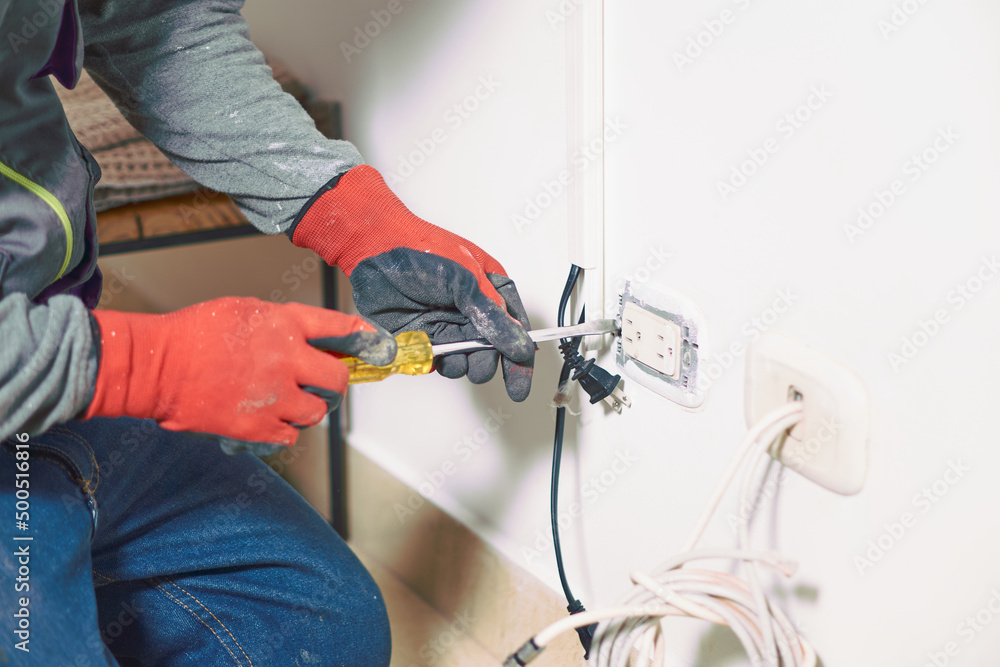
Running a Business? Don’t be a Wile E.
All of us have a soft spot for Wile E. Coyote – I mean he tries and he tries and we sympathize, we do – but he’s not a character most of us want to emulate.
On the flip side, I feel there’s a great lesson we can learn from the Road Runner. “What’s this?” you ask. Simply, the best defence, my friends, is offence… Nowhere does this ring truer than in business.
To maintain the safety of employees and customers, and ensure the viability of your business, you need to prepare for unforeseen threats. Yes, this sounds like a huge endeavour but even a few small steps can minimize impact and or possible doom. (Pause for effect)
Without prior planning, you leave your company open to financial disaster, especially if you are forced to close operations for a period of time. Not to mention your company may face lawsuits from customers, vendors or employees claiming negligence.
One of your main security risks is criminal activity, including vandalism, theft and violence. Though not all security threats can be avoided, some situations can be prevented with appropriate preparation.
So what to do? Here’s a few steps you can take in proactively becoming a Road Runner – beep beep:
Secure Your Facility
- Advise management and employees to report any suspicious persons or activity in or around the facility.
- Limit the number of unlocked entrances that customers may access. Consider locking any employee-only rooms, and keep any cash on hand in a safe.
- Survey locks, fences, exterior lights and other physical security devices to ensure that they are in place where needed and in proper operating condition. Establish a monthly inspection.
- Conduct regular inventories of the warehouse and products on the shelf.
- Pay special attention to areas where you are storing explosive, flammable or toxic chemicals. These areas should be properly secured and inventoried, with limited hands-on contact of these materials when possible.
- Evaluate critical locations in your facility for proper security, including the electric, telephone and gas units, building entrances, transformers and outside storage units.
- If your facility has a security/fire alarm system, be sure it is operating properly and that key personnel know how to arm/disarm it.
- Make sure that fire suppression systems are regularly inspected and maintained. Also be sure that a sufficient number of trusted personnel know how to activate, operate and shut them down.
- Review your procedures for issuing facility keys. At a minimum, keep lists of who has been issued keys and have a procedure for handling a situation when an employee leaves or is terminated and doesn’t return them.
- Discuss security with your local police department. Police departments are often very willing to provide information and support to local businesses.
- Have your local fire department conduct a pre-planned visit to your building. While there, they can identify potential hazards and plan fire suppression priorities.
Prepare for a Potential Disaster
- Keep copies of insurance policies and other critical documents in a safe and accessible location (e.g., a fireproof safe).
- Evaluate which disasters are most likely to occur in your area. Be sure you are prepared for all of the risks you identify.
- Develop a Disaster Recovery or Business Continuity Plan. If you already have one make sure that it is up to date. This entails preparing for anything that disrupts your business operations and planning for a backup option. You may consider identifying backups for essential operations, supply chains, personnel, business functions, data processes, distribution channels and communication methods.
- Have telephone call lists available (include cell phone and pager numbers) so staff members can be contacted during non-working hours from any location. Review procedures for notifying employees that your facility is closed. Remind employees that they should never attempt to enter areas that are closed by police or other emergency responders.
- Consider establishing an alternate method for your phone service if the switchboard becomes unusable (e.g., forwarding incoming calls to a cell phone or remote number).
- Check available emergency supplies such as flashlights, batteries, emergency generators/fuel, patching materials such as plastic sheeting, wood planks, duct tape, spare fire extinguishers, first aid kits, etc.
POPULAR POSTS
-
 January 11, 2025Planning a Trip? Don’t Forget Travel Insurance
January 11, 2025Planning a Trip? Don’t Forget Travel Insurance -
 November 15, 2024Why High Net Worth Individuals Need Specialized Home Insurance
November 15, 2024Why High Net Worth Individuals Need Specialized Home Insurance -
 December 5, 2024How to Read and Understand Your Insurance Policy Like a Pro
December 5, 2024How to Read and Understand Your Insurance Policy Like a Pro -
 January 2, 2025New Year, New Coverage
January 2, 2025New Year, New Coverage



























